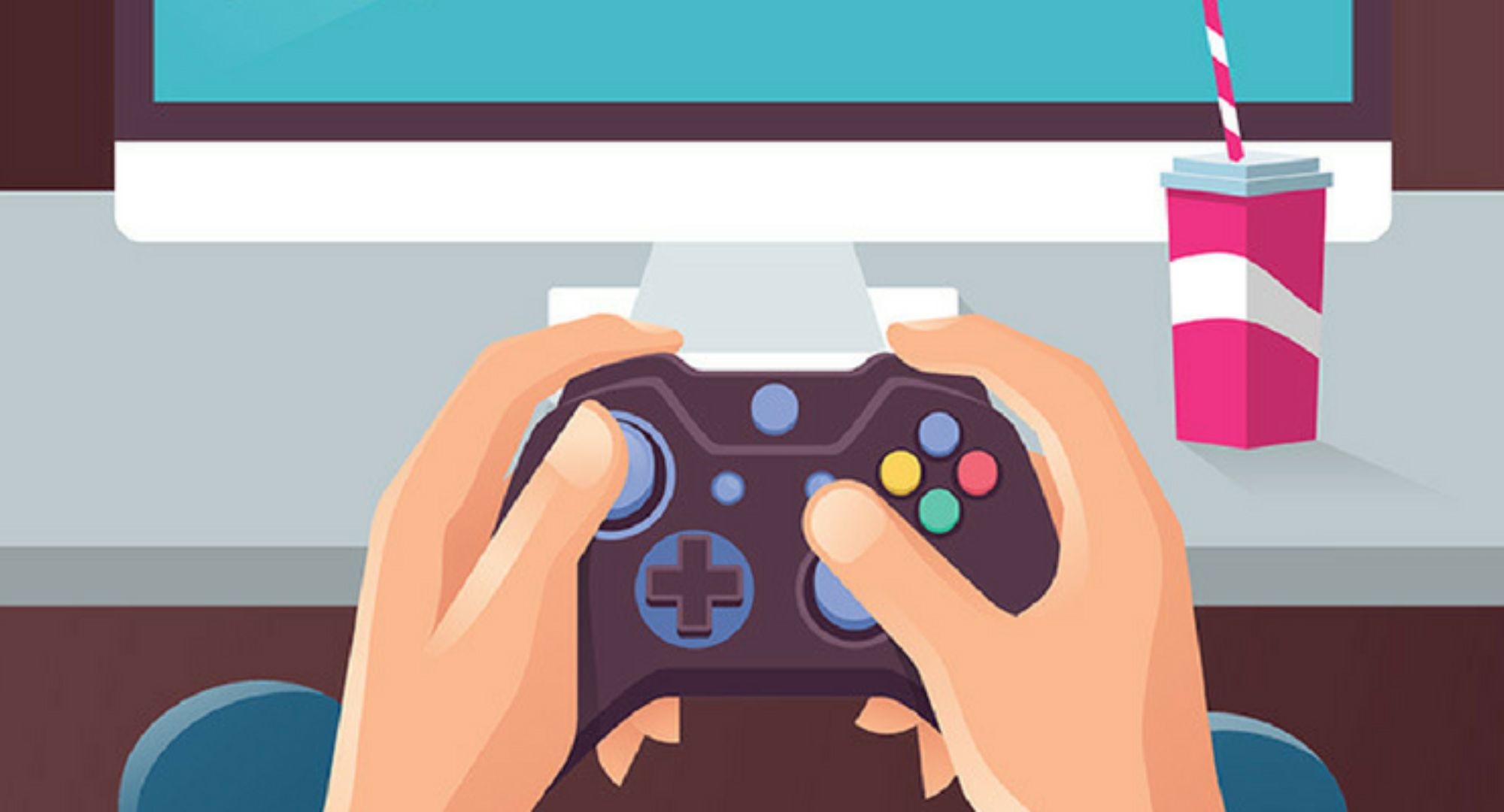The Problem with Traditional Learning
In many classrooms, learning still looks the same as it did decades ago students sitting in rows, taking notes, memorizing facts, and taking tests. While this model may work for some, it often fails to capture the attention and energy of today’s learners. With distractions everywhere and digital content evolving by the minute, teachers are under pressure to make learning both meaningful and engaging. That’s where educational games step in, reshaping the way knowledge is delivered and absorbed.
The Rise of Game-Based Learning
Game-based learning isn’t just about adding fun to the classroom. It’s about shifting the learning process from passive absorption to active discovery. When students engage in games whether digital or physical they apply critical thinking, collaborate with peers, and develop problem-solving skills in real time. These are not isolated activities; they’re immersive experiences that promote deeper understanding and long-term retention.
One of the most powerful aspects of game-based learning is that it naturally motivates students. Earning points, unlocking levels, and competing with classmates taps into their internal drive to succeed, often without them even realizing they’re learning. It’s education disguised as entertainment.
Personalization and Identity in Learning
When students feel personally connected to the content or platform, they’re more likely to stay engaged. Customization tools are an underrated but important part of this process. Something as simple as designing an avatar or choosing a profile image helps students build a sense of identity in the learning space. That’s why teachers and students alike are turning to tools like a PFP maker, which allows users to create profile visuals that represent them in educational platforms. These small design choices add a personal touch to learning environments and foster a stronger connection between students and their digital tools.
It’s Not Just About Fun It’s About Function
While games are enjoyable, their impact goes far beyond entertainment. The best educational games are structured around key pedagogical principles: repetition, scaffolding, feedback, and assessment. Students aren’t just playing they’re learning how to think in steps, how to fail safely, and how to bounce back with new strategies.
Games also provide a space where mistakes aren’t just allowed they’re essential. In traditional classrooms, failure often comes with stigma. In games, failure is part of the learning loop. Players try, fail, adjust, and try again building resilience along the way. For students who struggle with confidence or have difficulty in test environments, this can be a game-changer.
Encouraging Collaboration and Social Learning
Many educational games are designed to be played in groups or teams, making them powerful tools for social learning. When students play together, they share knowledge, learn to communicate effectively, and often help one another in ways that standard lectures can’t replicate.
Team-based formats are especially useful in helping quieter students find their voice. Participation becomes less about raising a hand and more about contributing to group success. This shift in dynamics promotes inclusivity and helps build stronger classroom communities.
Real Results in Real Classrooms
Across grade levels and subjects, educators are reporting a wide range of benefits from using educational games. Some highlight improved test scores, while others note higher attendance and increased student enthusiasm. But perhaps the most consistent feedback is that students are more present mentally and emotionally in class.
When learning feels like a game, students want to show up. They look forward to the challenge. They stop asking, “Do we have to do this?” and start asking, “Can we play again?” This mindset shift can transform classroom culture entirely.
Getting Started with Educational Games
If you’re new to using games in the classroom, here are a few tips to ease into it:
- Start small – Try a single activity or quiz game once a week and observe the response.
- Focus on learning goals – Choose games that align directly with the material you’re teaching.
- Allow room for exploration – Let students discover strategies, make mistakes, and find their own way through the material.
- Encourage reflection – After a game, ask students what they learned or how they could improve their approach.
- Mix formats – Rotate between digital games, paper-based games, and physical activities to keep things fresh.
Not Just a Trend A Tool
Educational games aren’t a passing trend; they’re a reflection of how learning continues to evolve in the digital age. As more classrooms adopt flexible, student-centered approaches, games are proving to be one of the most effective and adaptable tools available.
They promote engagement, foster collaboration, encourage healthy risk-taking, and allow students to learn at their own pace. In short, they don’t just make learning fun they make it work better.
